Colosseum: the number one reason to go to Rome
Go BackIf you dream of a different life, one where the days are filled with sips of espresso, mouthfuls of pizza and licks of gelato while overlooking beautiful scenery, then there is no better place than Italy.
Before you up sticks and head to Lo Stivale – ‘the boot’ in English – you will need to consider where you want to settle. Choose from Milan, Turin and Venice in the north of the country, Naples and Pompeii which are further south or the capital, Rome, on the Mediterranean coast.
As well as being voted the true City of Love by Brits, Rome is home to the Colosseum – and we think that alone is reason enough to move to the Eternal City … or at least visit it!
The Colosseum is the world’s largest amphitheatre and Rome’s most iconic landmark. Today it is a popular tourist attraction, with millions of people visiting it from all around the world, but it was originally designed to showcase the engineering techniques of the Romans and to stage entertainment shows – such as the infamous gladiatorial exploits.
The history of the Colosseum
After nine years of construction using over 60,000 Jewish slaves, the Colosseum was opened in 80 A.D. by the son of Emperor Vespasion. The opening ceremony lasted 100 days.
To celebrate its opening, there was everything from gladiator fights to reproduced sea battles which saw the arena flooded with water. These events would be just the beginning of the arena’s entertainment as it went on to hold some of the most spectacular events in history.
Due to its elliptic shape and tiered seating arrangements, the Colosseum was able to hold a staggering 70,000 spectators. While it was free to enter for Roman citizens, the seats were divided by social status, with the poor at the top and the rich closer to the arena.
What sort of events were held?
- Gladiator fights
These battles were fought to the death with servants entering the arena to finish off the wounded where necessary and a break given half way through the day to remove the bodies. Those left standing would be rewarded with golden palm leaves and money.
The last gladiator fights were held in 435 A.D.
- Man versus beast
These barbaric games saw humans fight against wild animals (including elephants, lions, crocodiles, tigers and bears) for the entertainment of the audience. It is estimated that around half a million people and over a million animals were killed during this time.
- Naumachiae
It is claimed that the Colosseum also hosted simulation of famous sea battles by filling the area with water and using specially trained horses and bulls that could swim and real warships. However, it’s not clear whether this is true or mere legend.
- Sylvae
Painters and architects were asked to recreate natural scenes, such as forests, known as ‘sylvae’. Sometimes they were used just to show off the natural environment but the Romans also used them for animal hunts and public executions.
Where does its name come from?
Although widely referred to as the Colosseum now, the original name was in fact Amphitheatrum Flavium, anglicised as Flavian Amphitheater. The monument was a gift given to the Roman citizens from the Flavian Dynasty of Emperors and named after it accordingly.
The name Colosseum, which wasn’t coined until the year 1000 A.D., is thought to have originated from the nearby statue of Nero which was named after the Colossus of Rhodes.
In the Middle Ages, another variation of the name, Coliseum, was introduced, and is still sometimes used today.
The Colosseum today
What you can see in Rome today is nothing compared to the magnificent arena from the ancient world as three-fifths of the surrounding brick walls are now missing and much of the structure was destroyed by earthquakes in 847 A.D. and 1231 A.D.
However, it is still the city’s most impressive structure and continues to attract thousands of tourists every year. In the upper floor of the outer wall there is a museum dedicated to Cupid – the god of Love – while part of the arena floor has also been refurbished.
Since 2010, visitors have been able to walk through the network of subterranean passageways which were once used by the gladiators before entering the arena and a further €35 million of restoration work is currently being carried out by Italian company Gherardini with an estimated completion date of 2016.
Planning a visit
If you decide to move to Rome or pay the famous city a visit then one of the first things to do upon your arrival is make a trip to this iconic landmark. You can buy tickets & tours for the Colosseum – which also come with entry to other historical attractions, the Roman Forum and Palatine Hill – online or in person.
Doors open at 8.30am, but it’s best to get there as early as possible because it gets incredibly busy. Only 3,000 people are allowed into the Colosseum at any one time, so there is often a queue to get in.
Once you’ve spent the morning exploring the amphitheatre, you can stroll over to Palatine Hill, one of the Seven Hills of Rome, for spectacular views of the surrounding area.
According to Roman mythology, this is also the birth place of the founders of Rome: Romulus and Remus.
Then it’s onto the Roman Forum, which is a space in the centre of the city surrounded by the ruins of ancient government buildings. It is considered the most celebrated meeting place in the world and has a long and cherished history that is well worth exploring.
So, there you have it. The Colosseum: your reason to go to Rome today.
Antoni Swidlicki
Latest posts by Antoni Swidlicki (see all)
- Living in Beijing Chinese Megacity - October 23, 2014

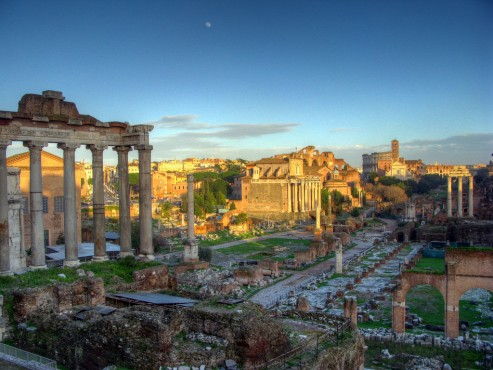
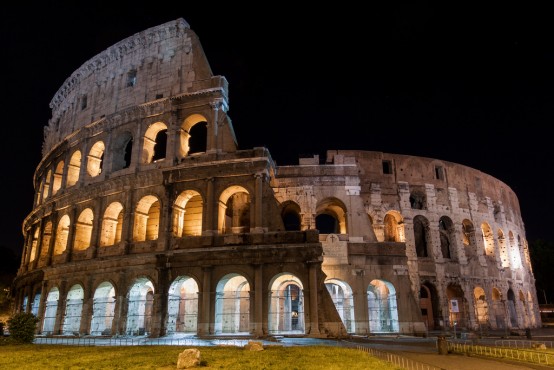
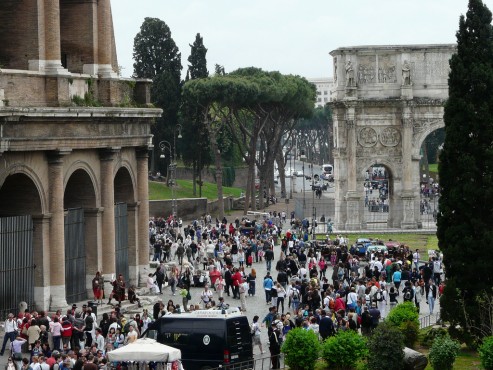
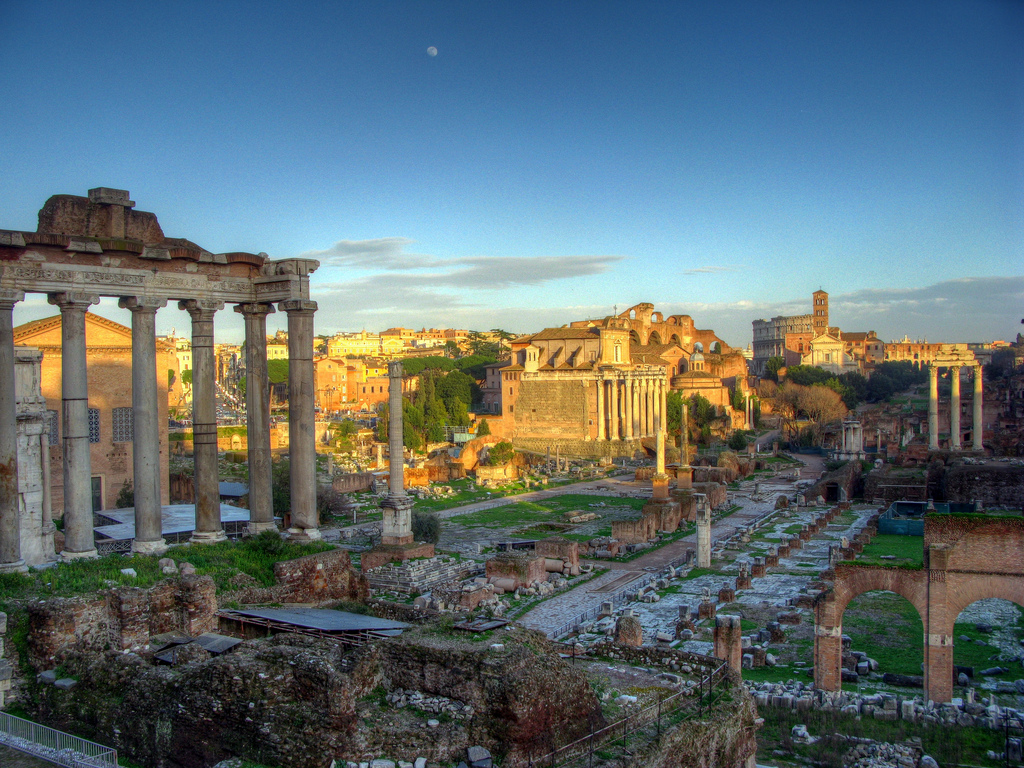

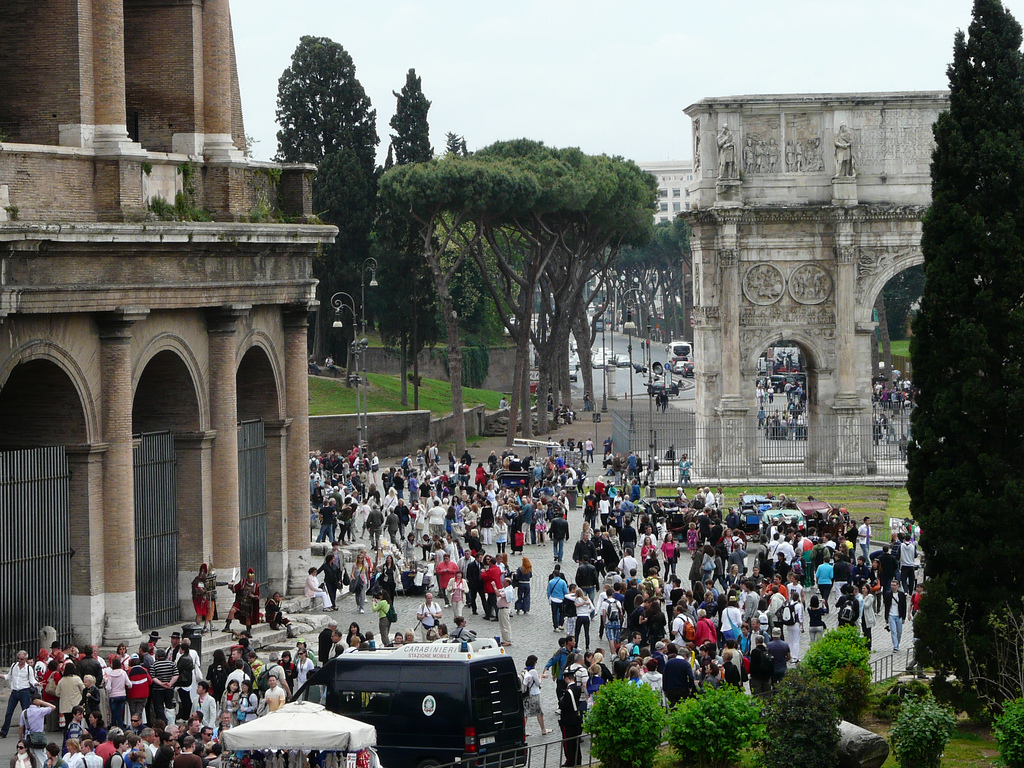



comment this post